Sign up for our Book Club newsletter
Get the latest news, events and more from the Los Angeles Times Book Club, and help us get L.A. reading and talking.
You may occasionally receive promotional content from the Los Angeles Times.
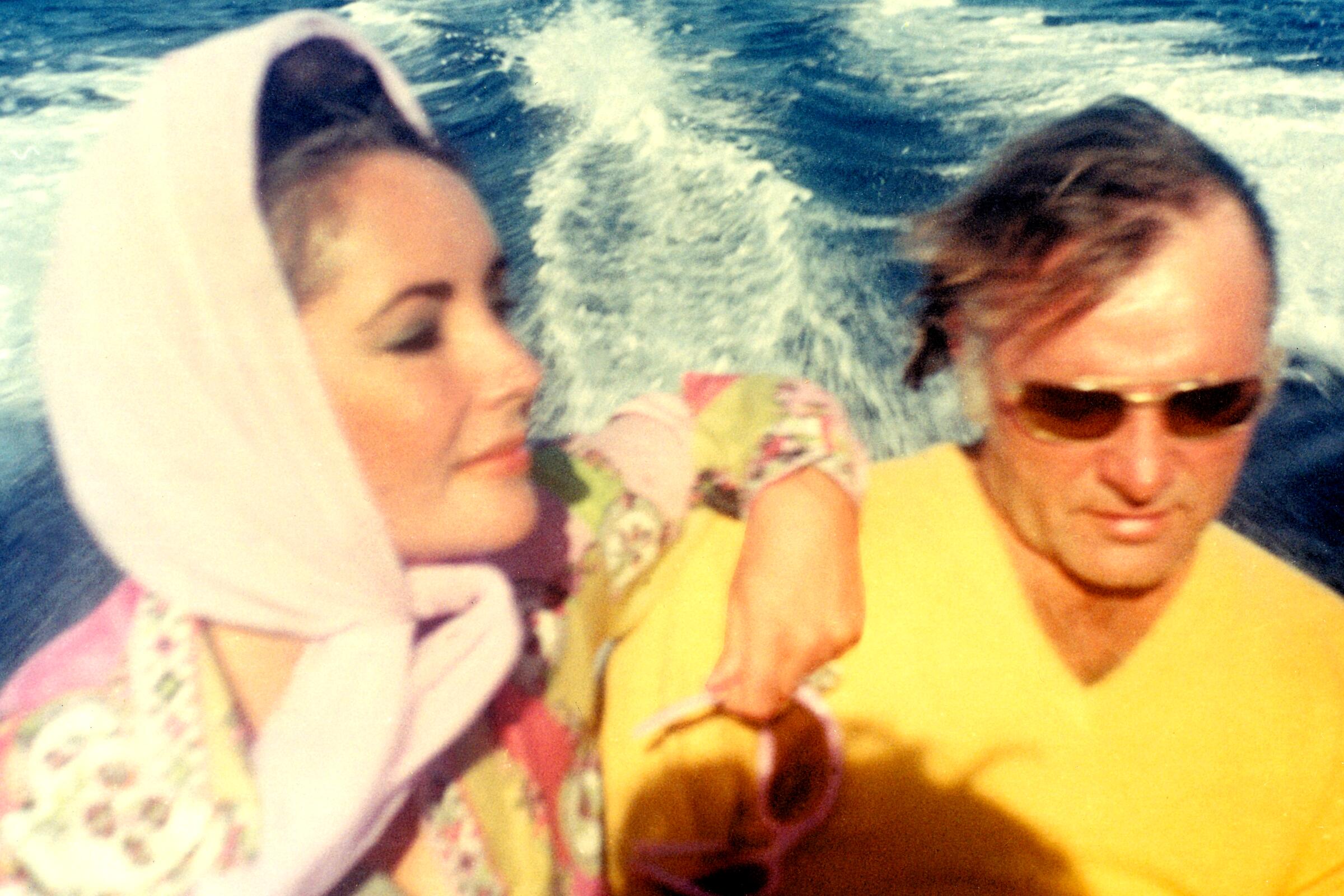
Review
Elizabeth Taylor: The Grit & Glamour of an Icon
By Kate Andersen Brower
Harper: 513 pages, $33
If you buy books linked on our site, The Times may earn a commission from Bookshop.org, whose fees support independent bookstores.
I love reading biographies. I sink into an overstuffed chair and prepare two bookmarks — one for the main text and one for the source notes at the end — so I can flip back and forth between the two.
This is because a good biography is distinguished by two things: a unique take or thesis that structures the story and endnotes that explain where specific facts or quotes originated. As a critic and author of nonfiction, I confess that I swoon over endnotes. They provide ballast, reassurance and intimacy with the subject, even when the biography itself deserves skepticism. For all the qualms I had about the speculation in Benjamin Moser’s controversial Susan Sontag biography, I fell in love with his endnotes, some of which exceeded a page in length.
I mention this because when I sat down with Kate Andersen Brower’s “Elizabeth Taylor: The Grit & Glamour of an Icon,” I expected to read a biography — a book that would offer both argument and documentation. But I was hard pressed to find any organizing principle beyond chronology and bursts of indiscriminate admiration, and what passed for endnotes dismayed me. They did not reference specific pages. Each chapter was noted with a jumble of interviewees and books, but no precise attribution.
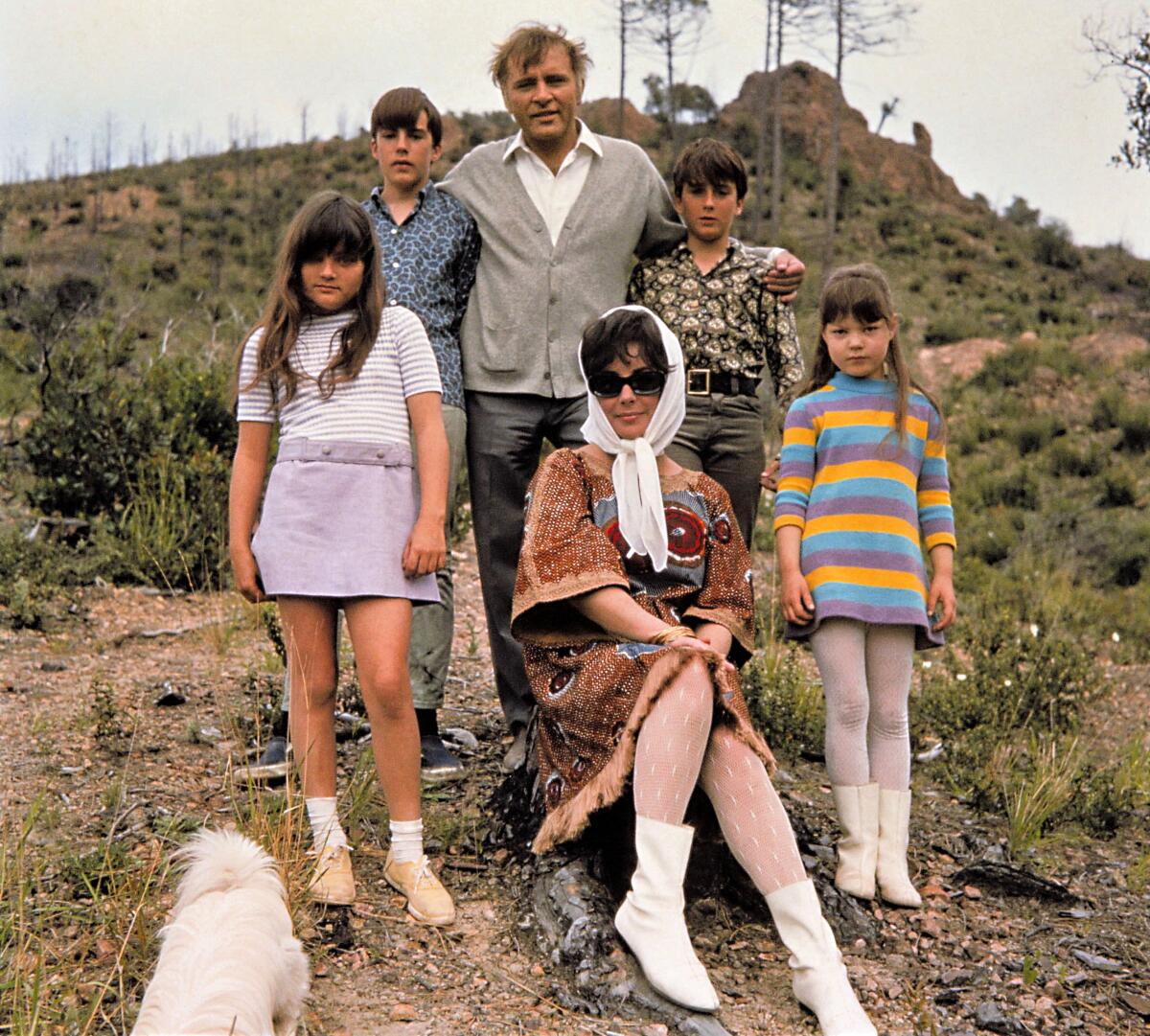
Indeed, this 512-page object appears to have been miscategorized. Brower is obviously not Robert Caro. She does excel, however, as a fangirl, which is not terrible. “Elizabeth Taylor” is a rambling commemorative, the sort of tribute album that you get at a memorial service (with a dash of drug use thrown in for plausibility). And this too is not criminal.
I admire Dame Elizabeth — especially her late-in-life AIDS philanthropy — and (full disclosure) I wrote a book that dealt with the feminist themes of many of her iconic roles: In “National Velvet,” a movie she starred in at 12, her character challenges gender discrimination in horse racing; her next milestone, “A Place in the Sun,” is an abortion-rights movie; and even “Who’s Afraid of Virginia Woolf?” for which Taylor won an Academy Award, can be read as a second-wave feminist parable. In other words, I’m happy to see her applauded, especially for her roles.
“The Extraordinary Life of an Ordinary Man” draws on reams of interview transcripts rediscovered after Paul Newman’s death. Here’s how it came together.
And yet I can’t help wondering what might have been. Brower had a huge advantage over Taylor’s many previous biographers: the cooperation of Taylor’s family and access to the documents they guarded. Yet she also faced a challenge (in addition to requiring the estate’s approval) that Taylor’s earlier biographers did not. Young people often have no idea how the mechanism of stardom worked before social media and the internet. To describe Taylor’s “mythic” place in the old Hollywood ecosystem, Brower has to explain how it works.
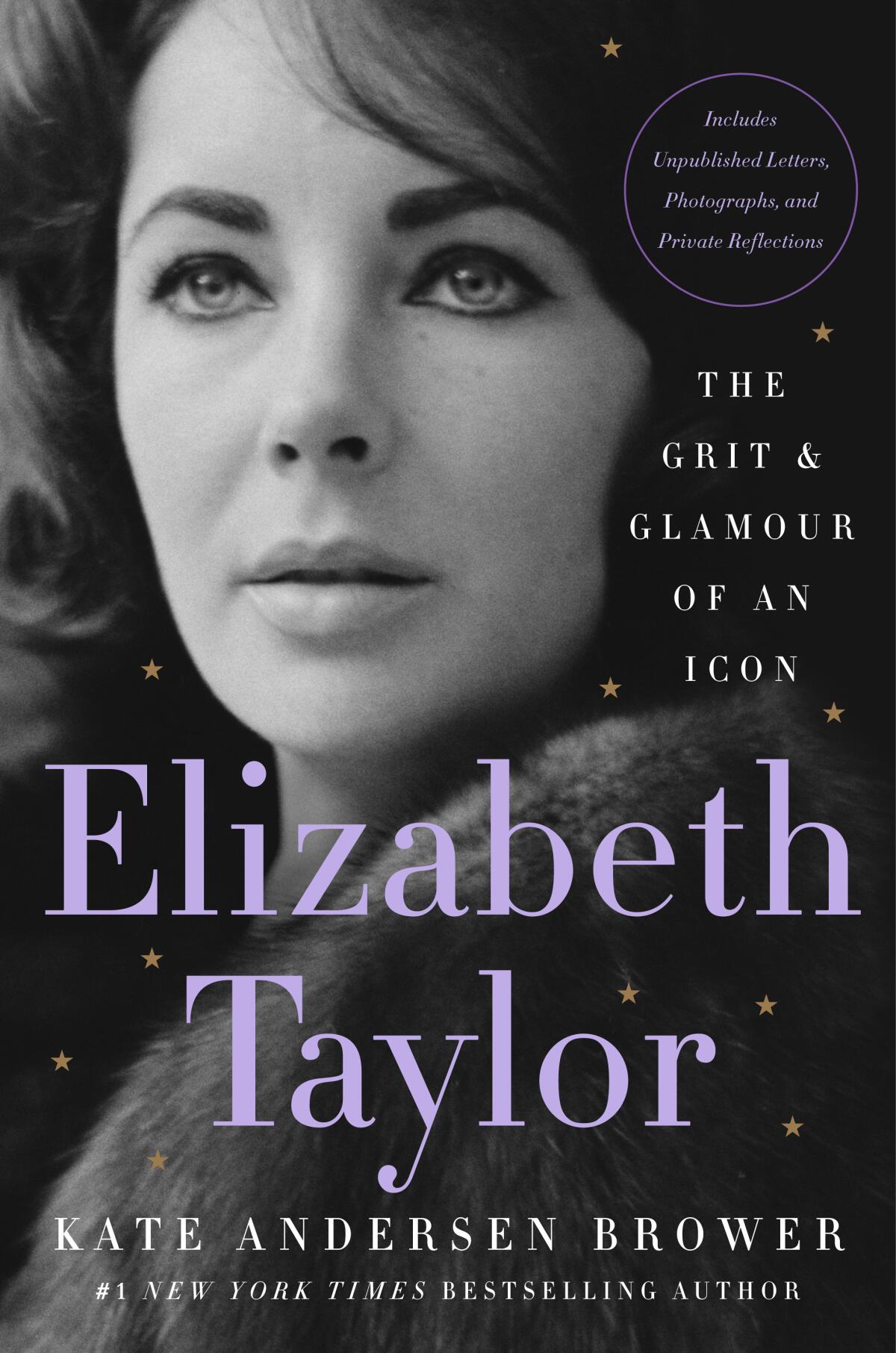
Brower also faced a structural obstacle in telling Taylor’s life. Once established in the firmament, the star followed different paths at different times. First she was essentially the studio property of MGM, then a free agent earning a record $1 million for starring in “Cleopatra.” Her later career abounds in twists and contradictions that make the reader alternately cheer and cringe: the pursuit of independence and money; the renunciation of U.S. citizenship to avoid back taxes; the commercials; the husbands; the drugs. In her many guises she is like Caro’s grand subject, Lyndon B. Johnson. But Caro gave each phase in Johnson’s life its own book.
In contrast, Brower tries to shove Taylor’s many identities — child star, substance-abuser, serial marrier, multimillionaire, mistreated political wife, tax exile — into a single volume. This doesn’t work. It leads to flatly descriptive narration (and-then-and-then-and-then-and-then) that doesn’t do justice to the extremes in Taylor’s life.
This studied neutrality also lulls readers into skimming, but I advise against that. Brower casually drops bombshells that a more salacious biographer would underscore: For instance, while married to her second husband, Michael Wilding, Taylor had an affair with Frank Sinatra, who impregnated her and forced her to have an abortion.
Elizabeth Taylor dies at 79; legendary actress
If there is a big reveal in the book, it is that despite Taylor’s high-profile stays at the Betty Ford Center, she remained addicted to painkillers. Brower also theorizes that Taylor hired Chen Sam, who was by profession a pharmacist, to accompany her as a “publicist” to assist Taylor in getting drugs.
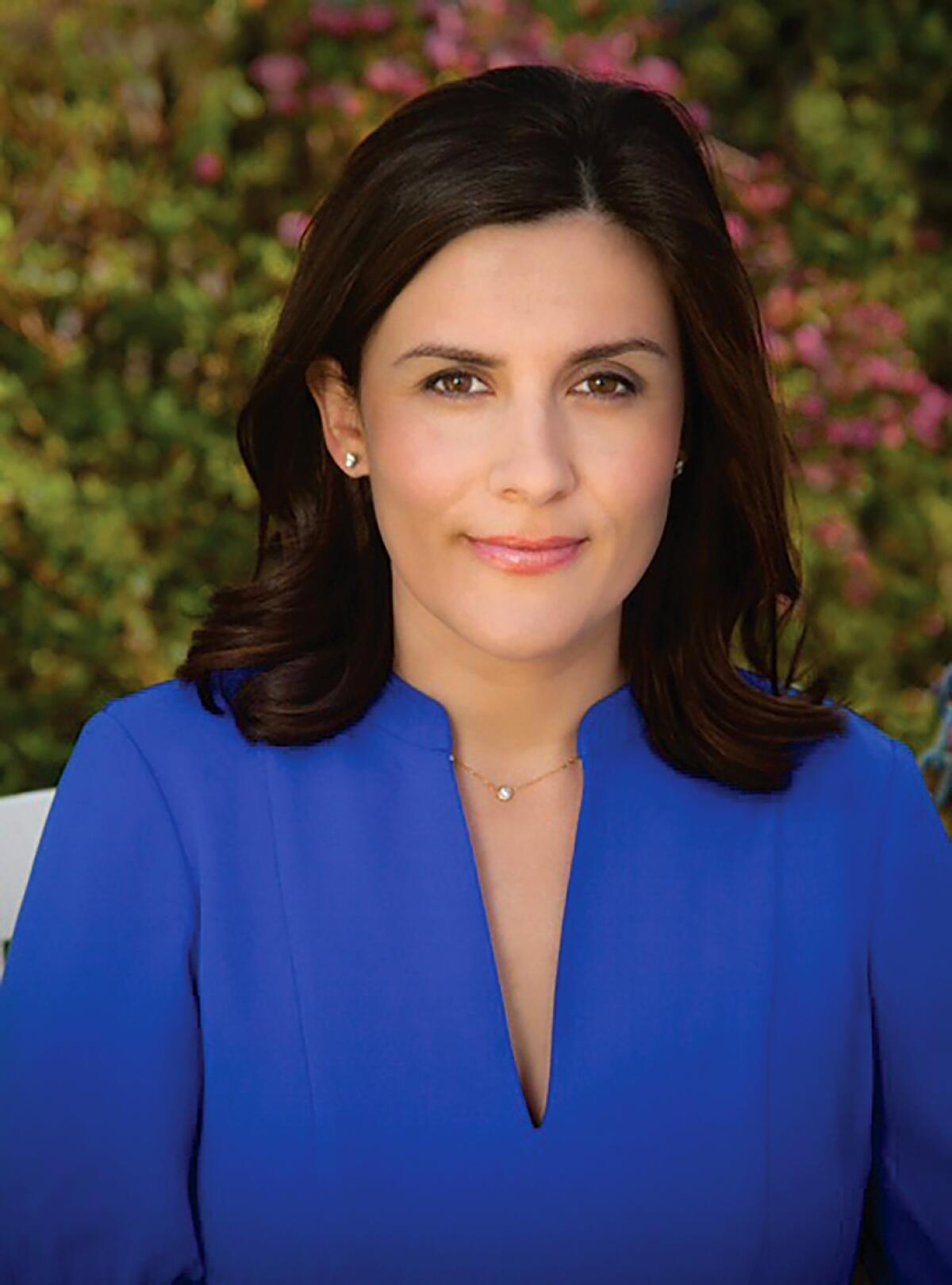
I learned some new things from the book. I knew Taylor’s mother, Sara, was a Christian Scientist. But I did not know how ardent — or apparently effective — her prayers had been. When Taylor was born in 1932, her face was “covered with black fuzz.” Sara prayed and the fur went away. She proceeded to pray through her stage mother years as well, with as much success.
I learned new words, like “grog blossoms,” for the burst blood vessels in a drinker’s face, which enticed Taylor when she first met actor Richard Burton, with whom she would conduct a scandalous affair before marrying him for the first of two times, in 1964.
The glamour and the underbelly of the hippest party house in 1960s L.A.
I was worried the book’s dedication to Sen. John Warner, Taylor’s seventh husband, might preclude an accurate portrait of their marriage. But Brower exposes his cruelty. After Taylor gains weight, Warner calls her his “little heifer.” He also discredits her impulsive offer in 1977 to trade places with Jewish hostages held at Entebbe Airport in Uganda, suggesting her “judgment” was way off.
Although the book’s star-flecked cover is as sparkly as the jewels Taylor collected, it leaves the reader feeling sad. In part, this has to do with its painful revelations, especially from Chris Wilding, Taylor’s son, whom Brower credits with the gift of access and cooperation. Wilding shows us what it means to be harassed as a famous person’s kid: A paparazzo follows him as a child to an ice rink, records a humiliating fall — and taunts him years later with photos. More horribly, we look over his shoulder as he watches his unsteady mother plunge a syringe of Demerol into her thigh.
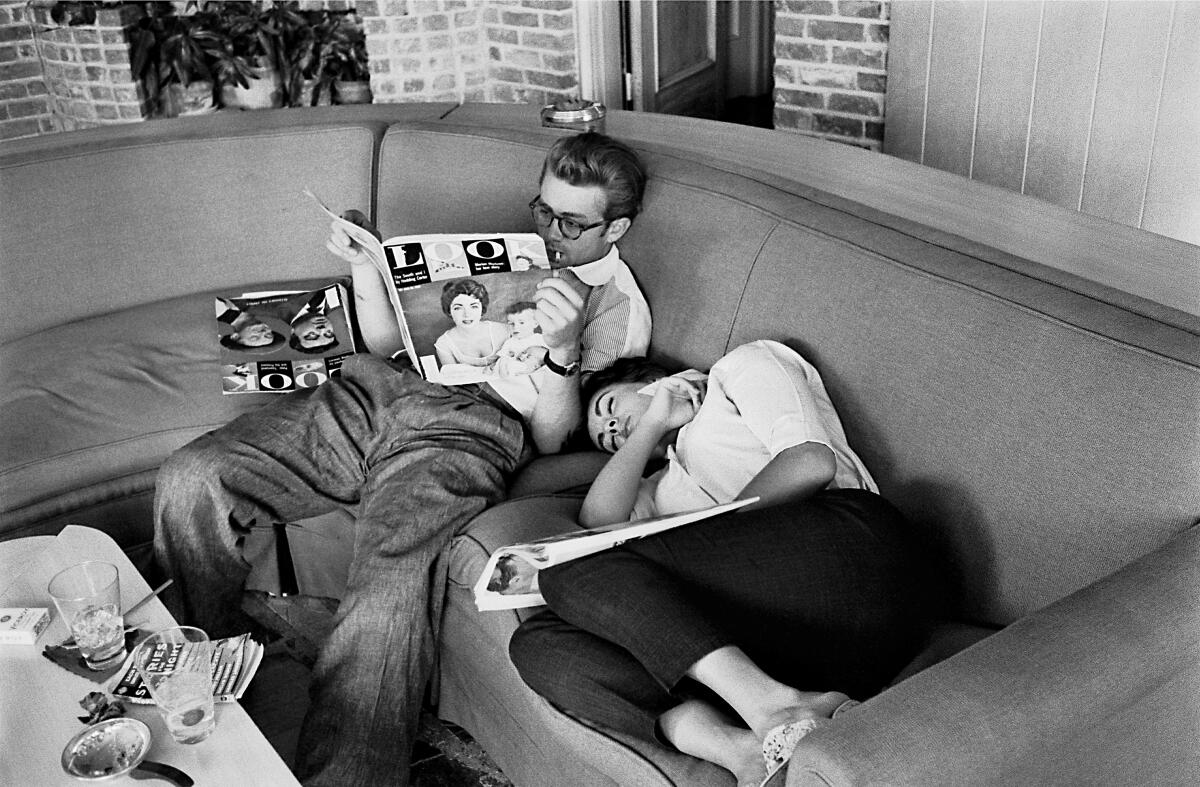
Yet my sadness encompassed more than the book’s grimmer passages. “The Richard Burton Diaries,” published a decade ago, feature lots of Taylor and even more alcoholic despair. But Chris Williams’ introduction and detailed notes gave me hope: The diaries aren’t just voyeuristic; they are a resource for future scholars.
I wish Brower had been more respectful of the access she was given — not through lavish thanks or wide-eyed praise, but by approaching her project and her sourcing with more verve and rigor.
Nothing is sadder, after all, than a missed opportunity.
Lord, author of “The Accidental Feminist,” is the host of “Blood, Sweat & Rockets,” a new podcast from LAist Studios.
Sign up for our Book Club newsletter
Get the latest news, events and more from the Los Angeles Times Book Club, and help us get L.A. reading and talking.
You may occasionally receive promotional content from the Los Angeles Times.